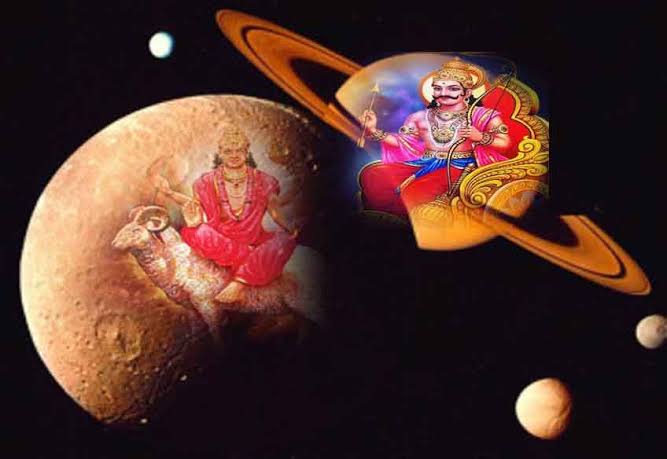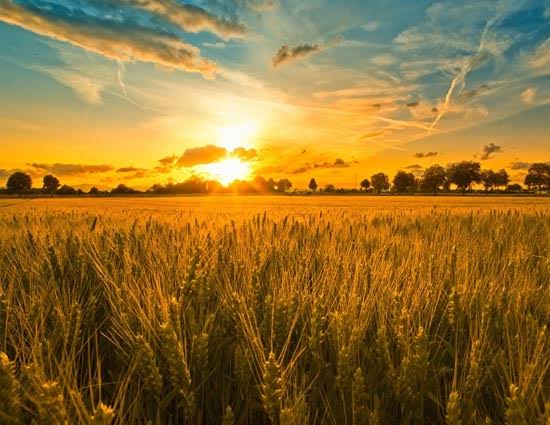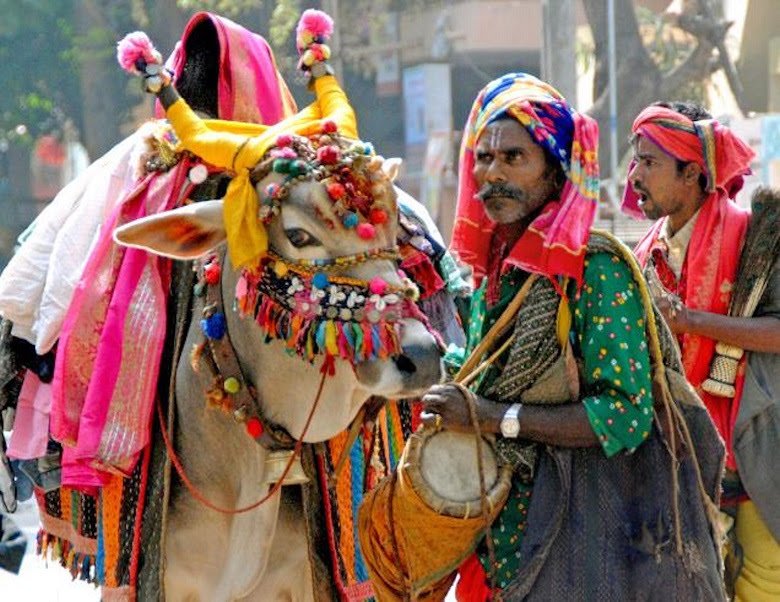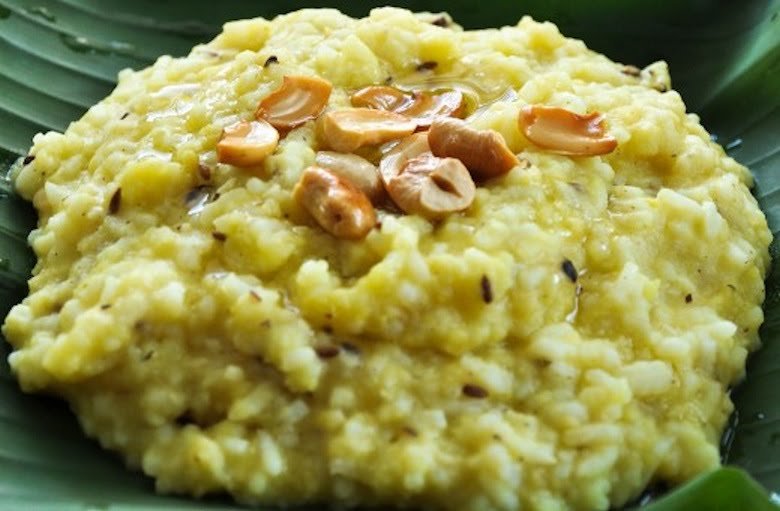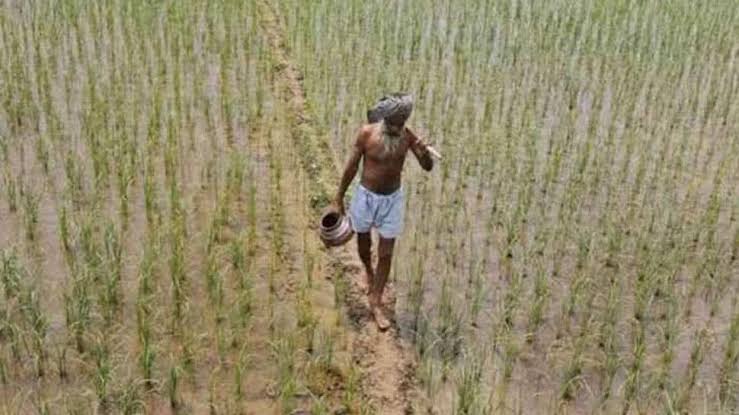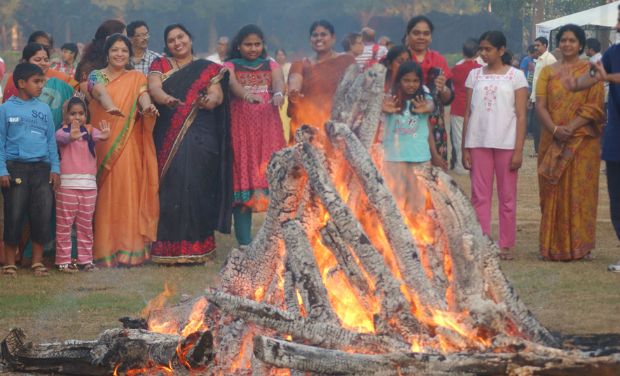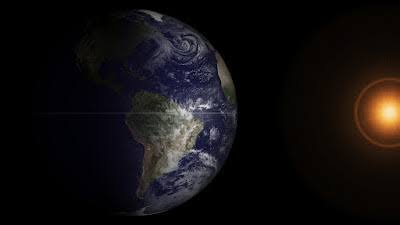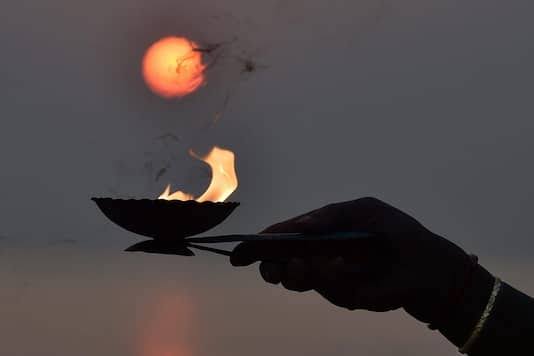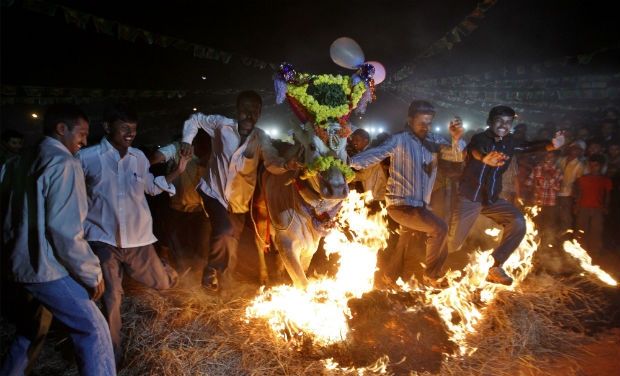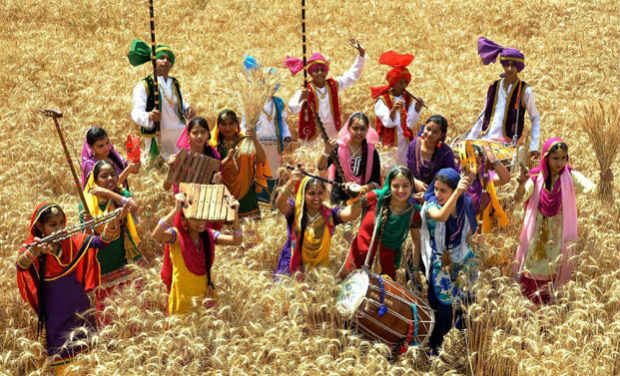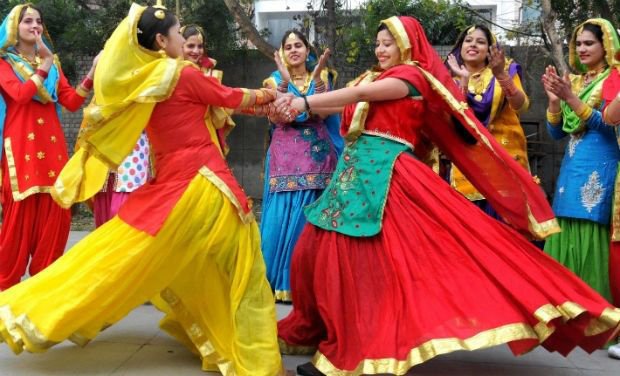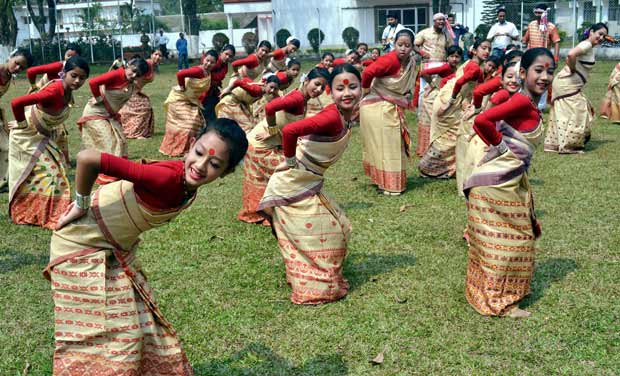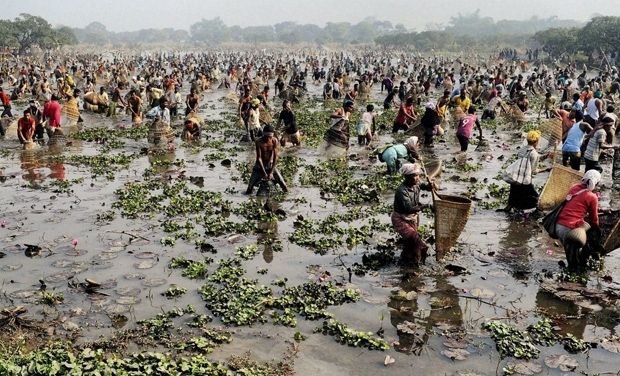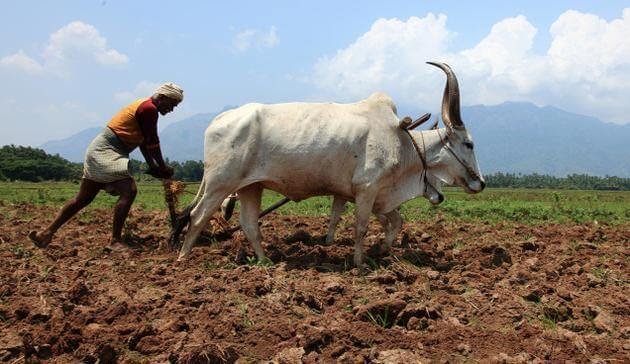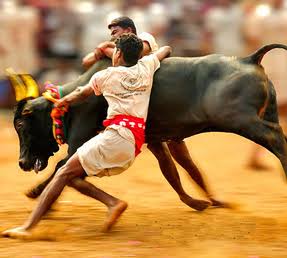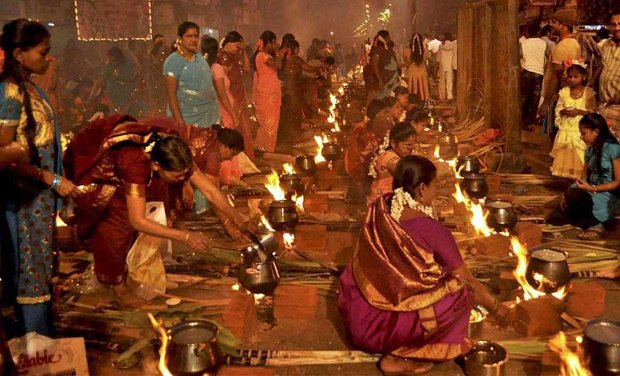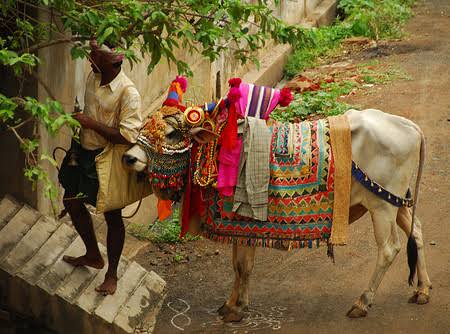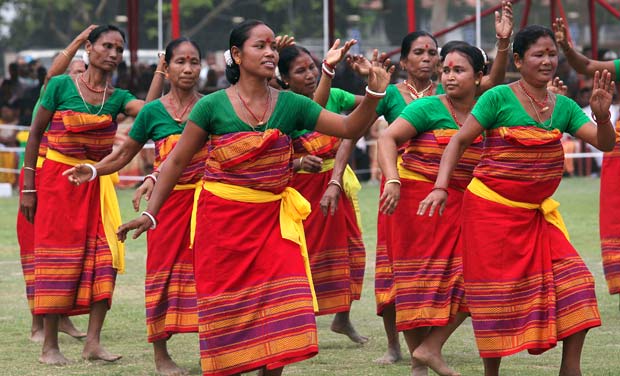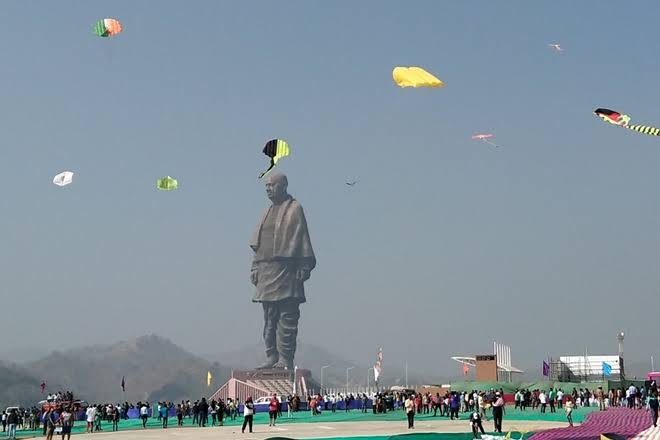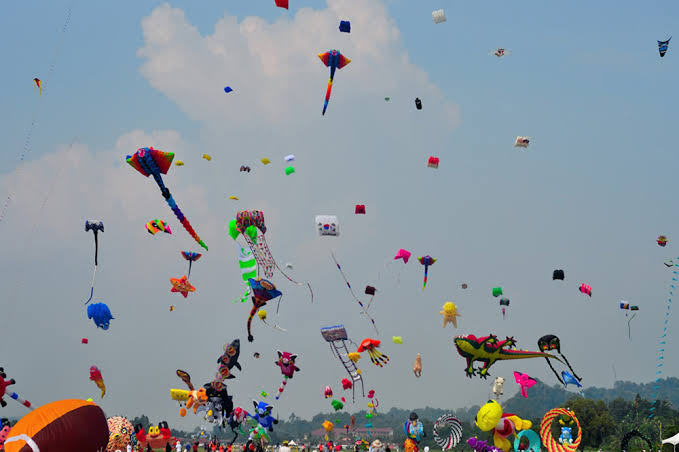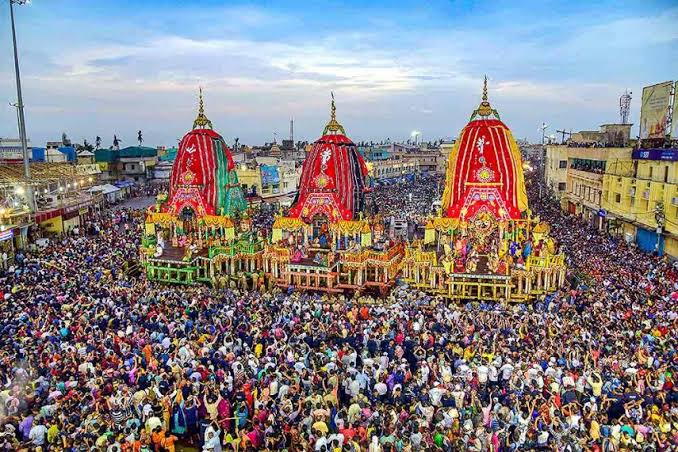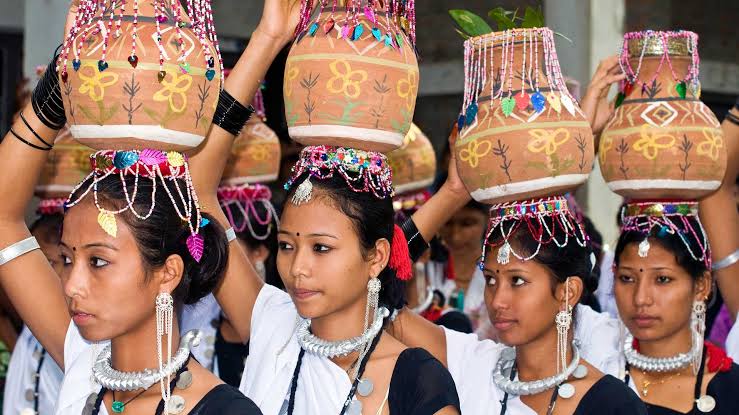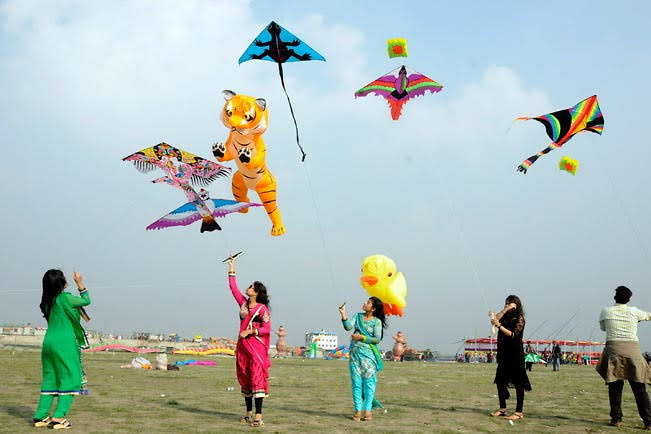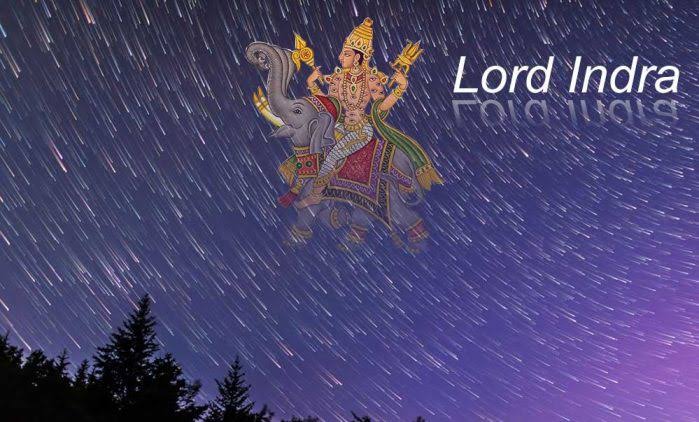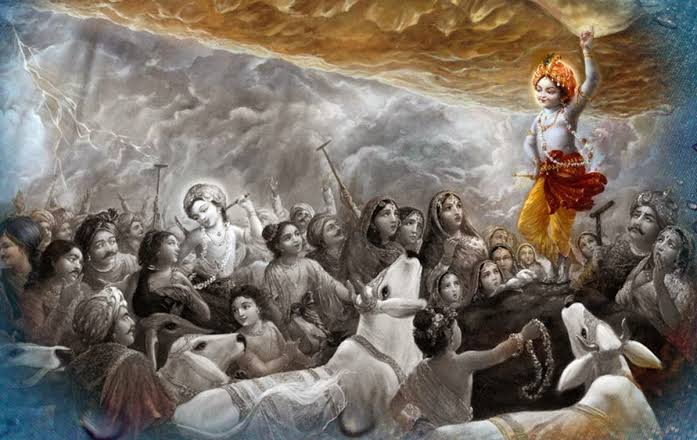Vedic significance of Makara Sankranti
This day also has a reference in the Hindu epic of Mahabharata, according to which Bhishma had declared his intention to leave his body today. He kept lying on a bed of arrows till this day and then left his body on Makar Sankranti.
This day also has a reference in the Hindu epic of Mahabharata, according to which Bhishma had declared his intention to leave his body today. He kept lying on a bed of arrows till this day and then left his body on Makar Sankranti.
In the Holy Scriptures it is believed that Surya Bhagwan visits the house of his son Shani on this day. Despite some differences between each other, lord Surya makes it a point to meet his son on sankaranti. Thus, symbolising a special bond between a father and his son.
Sankranti is a Hindu festival celebrated in various cultures in almost all parts India & Nepal.
This Harvest festival has different names in different states but the essence of this festival is same accross the country. Respect the #Farmer,
Farm Animals & the Farm Harvest.
This Harvest festival has different names in different states but the essence of this festival is same accross the country. Respect the #Farmer,
Farm Animals & the Farm Harvest.
The word 'Sankranti' literally means 'movement'. Hence, the festival precisely denotes the movement of the Sun into Makar zodiac. On the day of Makar Sankranti festival, the duration of the day and that of the night is equal making it one of the oldest solstice festivals.
#Karnataka
On this day a Shobha Yatra (graceful procession) is carried out. People greet each other with joy, taking sugarcane & dry coconut.
Farmers of Chamarajanagar celebrate by jumping over fires along with their decorated bulls.
On this day a Shobha Yatra (graceful procession) is carried out. People greet each other with joy, taking sugarcane & dry coconut.
Farmers of Chamarajanagar celebrate by jumping over fires along with their decorated bulls.
Lohri in #Punjab
Lohri is an extremely popular festival celebrated by the Punjabi people. Traditionally associated with the harvest of the rabi crop, people celebrate Lohri with feasting, exchange of gifts, and songs and dance around bonfires. Women perform 'kikli'.
Lohri is an extremely popular festival celebrated by the Punjabi people. Traditionally associated with the harvest of the rabi crop, people celebrate Lohri with feasting, exchange of gifts, and songs and dance around bonfires. Women perform 'kikli'.
In #Assam it is called Bhogali Bihu.
Women dance Bihu and Villagers participate in community fishing during the Bhogali Bihu celebration at Goroimari Lake in Panbari village, Guwahati .
Women dance Bihu and Villagers participate in community fishing during the Bhogali Bihu celebration at Goroimari Lake in Panbari village, Guwahati .
Pongal/UzhavarThirunal in #TamilNadu
Uzhavar in Tamil means the farmer and Thirunal mean the festival. Pongal is popularly known as Uzhavar Thirunal acknowledged as a way to thank and honor livelihood of farmers. It's a 4 day festival
1)Bhogi
2)Pongal
3)Mattu Pongal
4) Kaanum
Uzhavar in Tamil means the farmer and Thirunal mean the festival. Pongal is popularly known as Uzhavar Thirunal acknowledged as a way to thank and honor livelihood of farmers. It's a 4 day festival
1)Bhogi
2)Pongal
3)Mattu Pongal
4) Kaanum
It is a 3 day festival in #Telangana & #Andhrapradesh
1)Bhogi
2)Sankranti
3)Kanuma
Women cook Pongal, a sweet dish made from rice from the first harvest, as an offering to the Sun God.
Members of the Gangireddulu nomadic tribe sing songs along with Haridasus visiting each home.
1)Bhogi
2)Sankranti
3)Kanuma
Women cook Pongal, a sweet dish made from rice from the first harvest, as an offering to the Sun God.
Members of the Gangireddulu nomadic tribe sing songs along with Haridasus visiting each home.
Poush Parbon in #WestBengal
People take a dip in the holy Ganges to purify themselves on this day.
Later, mouth watering sweets & aroma of fresh harvest rice is served.
Santhal women perform a dace.
It is the last day of the Hindu month of Poush and marks the beginning of Magha.
People take a dip in the holy Ganges to purify themselves on this day.
Later, mouth watering sweets & aroma of fresh harvest rice is served.
Santhal women perform a dace.
It is the last day of the Hindu month of Poush and marks the beginning of Magha.
Shishur Saenkraat in #KashmirValley
The holy occasion is marked by ceremonial bathing in the sacred rivers or streams. In each and every house of Jammu and Kashmir Havan or Yagnas are performed. This indicates the driving away of the evil spirits and welcoming of the good ones.
The holy occasion is marked by ceremonial bathing in the sacred rivers or streams. In each and every house of Jammu and Kashmir Havan or Yagnas are performed. This indicates the driving away of the evil spirits and welcoming of the good ones.
Uttarayan in #Gujarat
Gujaratis believe Uttarayan marks the day when winter begins to turn into summer. It is the sign for farmers that the sun is back and that harvest season is approaching which is called Mahasankranti.
Gujaratis believe Uttarayan marks the day when winter begins to turn into summer. It is the sign for farmers that the sun is back and that harvest season is approaching which is called Mahasankranti.
Uttarayana Yatra of #Odisha
In Odisha, any festival is first to be celebrated at Puri in Jagannath Temple. Makar Sankranti is observed as Uttarayana Yatra of Lord Jagannath with lots of love, devotion and infinite faith, people offer a special kind of newly harvested rice.
In Odisha, any festival is first to be celebrated at Puri in Jagannath Temple. Makar Sankranti is observed as Uttarayana Yatra of Lord Jagannath with lots of love, devotion and infinite faith, people offer a special kind of newly harvested rice.
#Nepal
Nepali Hindus celebrate this festival by taking ritual dip in holy river confluences, most notably in Devghat, Chitwan. People worship Lord Vishnu during the month by offering him pujas and reading the sacred Bhagwad Gita, also known as The Song of the Gods.
Nepali Hindus celebrate this festival by taking ritual dip in holy river confluences, most notably in Devghat, Chitwan. People worship Lord Vishnu during the month by offering him pujas and reading the sacred Bhagwad Gita, also known as The Song of the Gods.
Traditionally, it was believed that winter brought in a lot of germs and caused illness and flu. Thus, a huge number of people would turn up during Makar Sankranti & in the following months to bask in the morning sun, hoping to get rid of bacteria & also fly kites in the process.
The Lord Krishna and Sankranti
Makar Sankranti or Bhogi also has a tale from the antics of Lord Krishna. Apparently, on the Bhogi day, Lord Krishna asked his cow herd friends to worship the Govardhan Mountain instead of Lord Indra. Lord Indra felt deeply insulted..
Makar Sankranti or Bhogi also has a tale from the antics of Lord Krishna. Apparently, on the Bhogi day, Lord Krishna asked his cow herd friends to worship the Govardhan Mountain instead of Lord Indra. Lord Indra felt deeply insulted..
Lord Indra's anger sent heavy clouds to cause thunder, lightning, rain and floods. In order to protect the farmers and their cattle, Lord Krishna lifted the Govardan Mountain on his last finger and stopped the havoc.

 Read on Twitter
Read on Twitter
